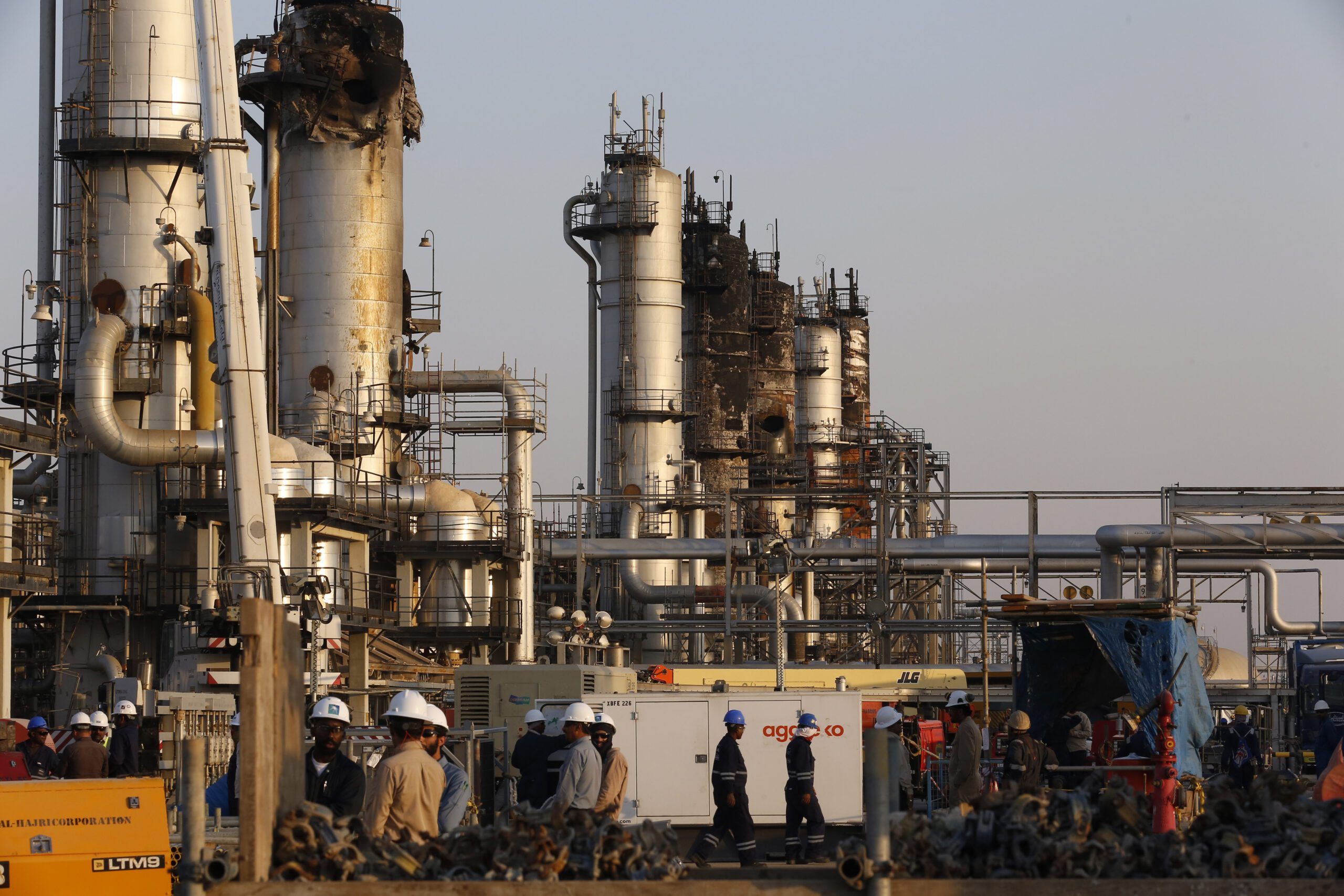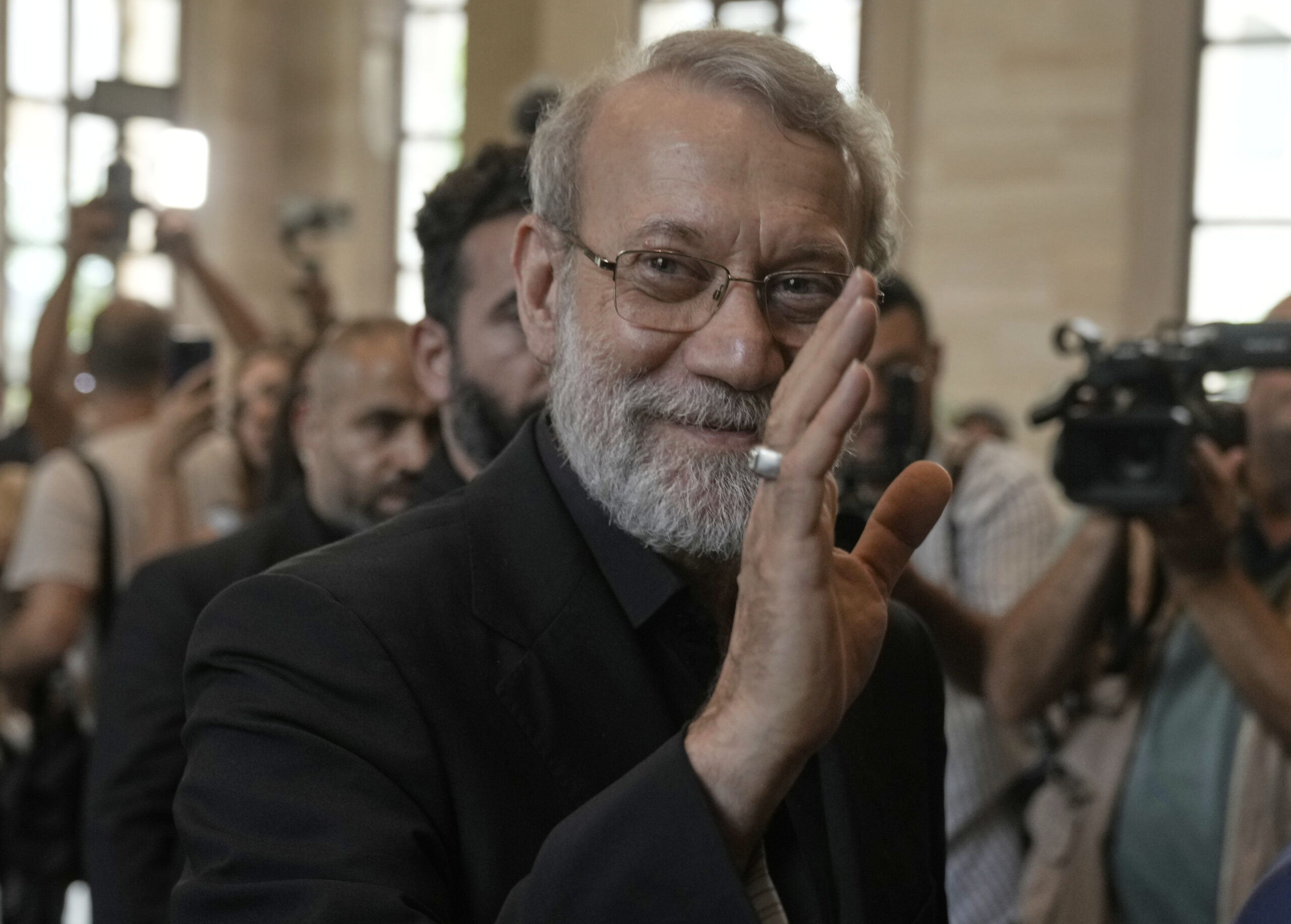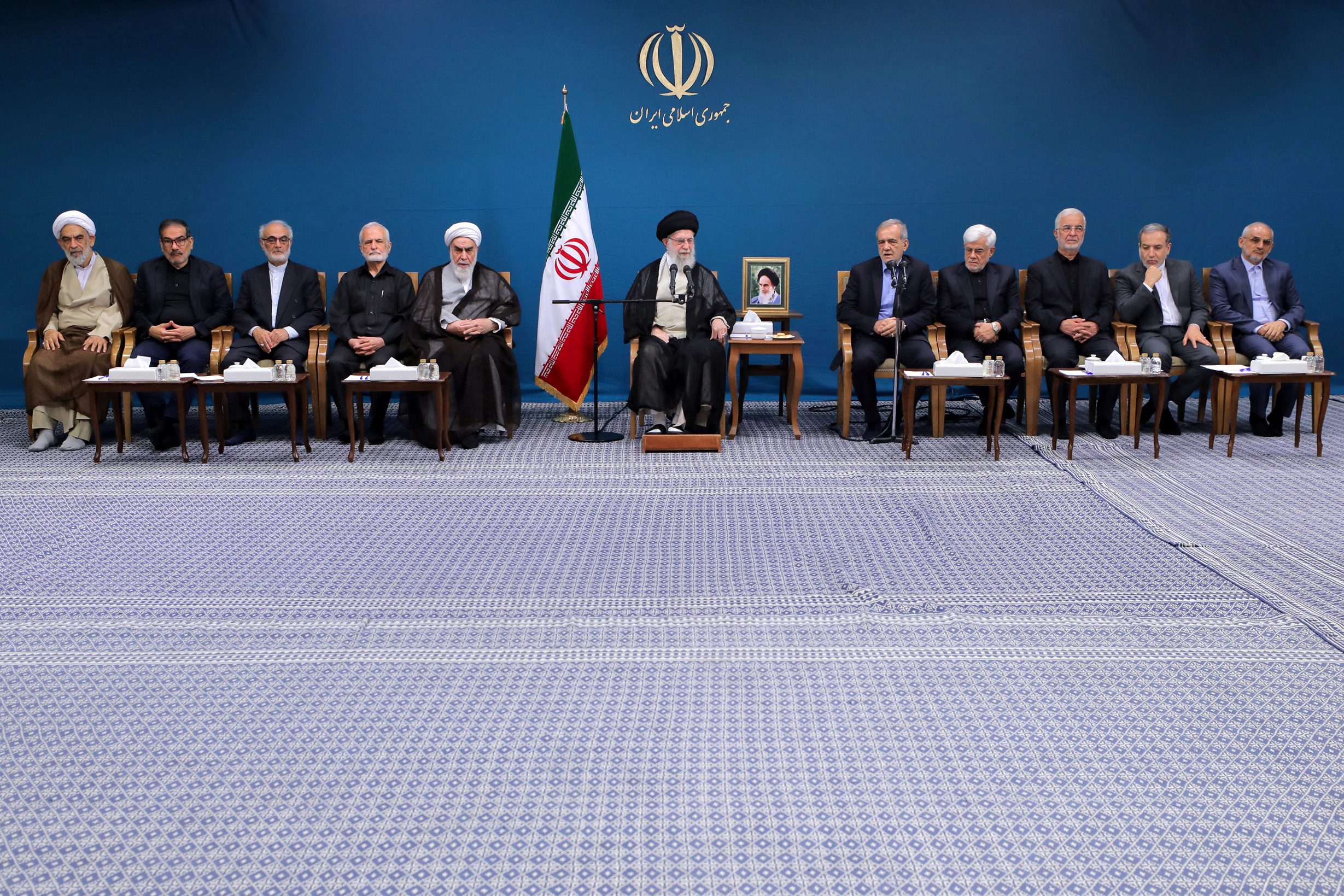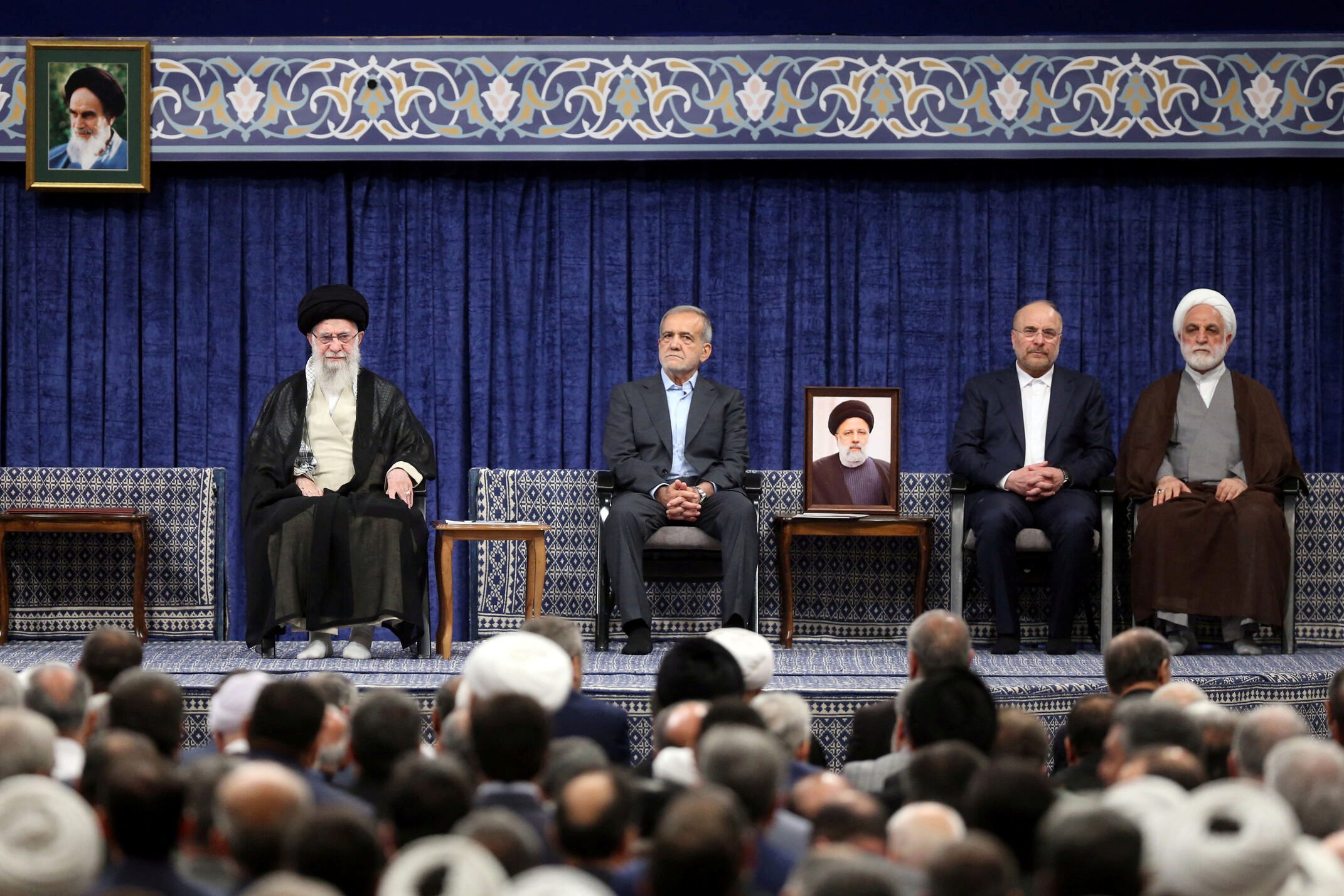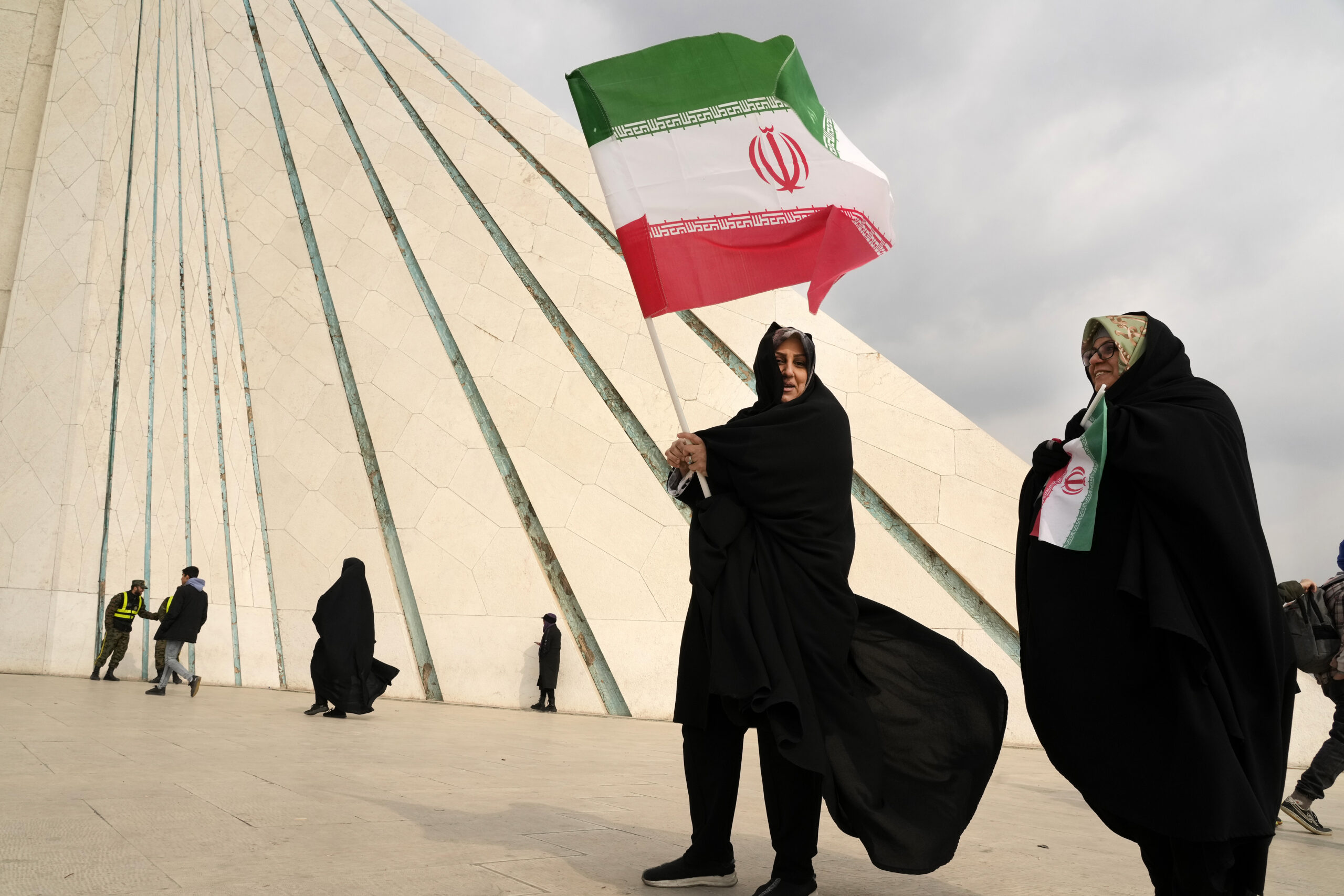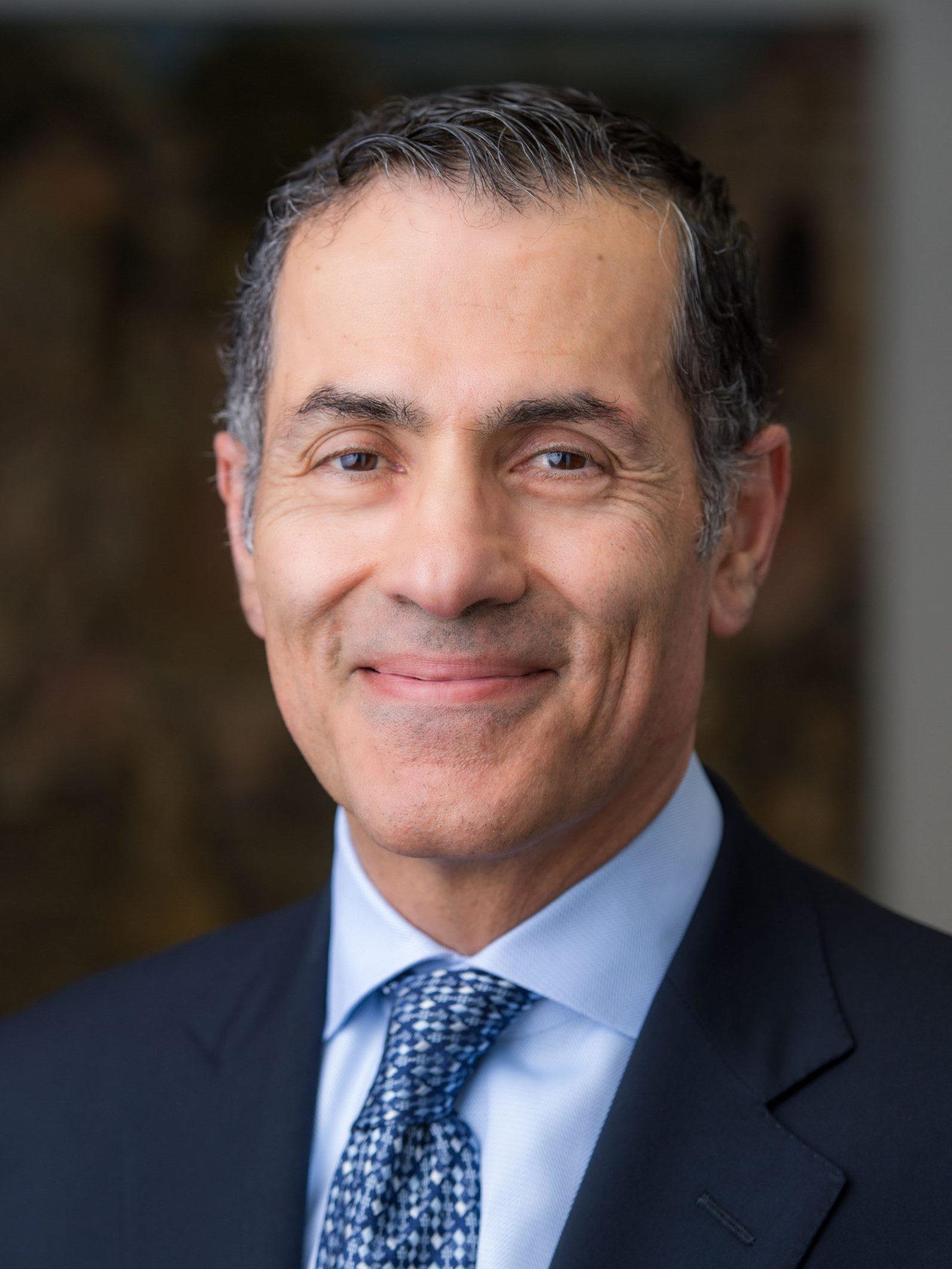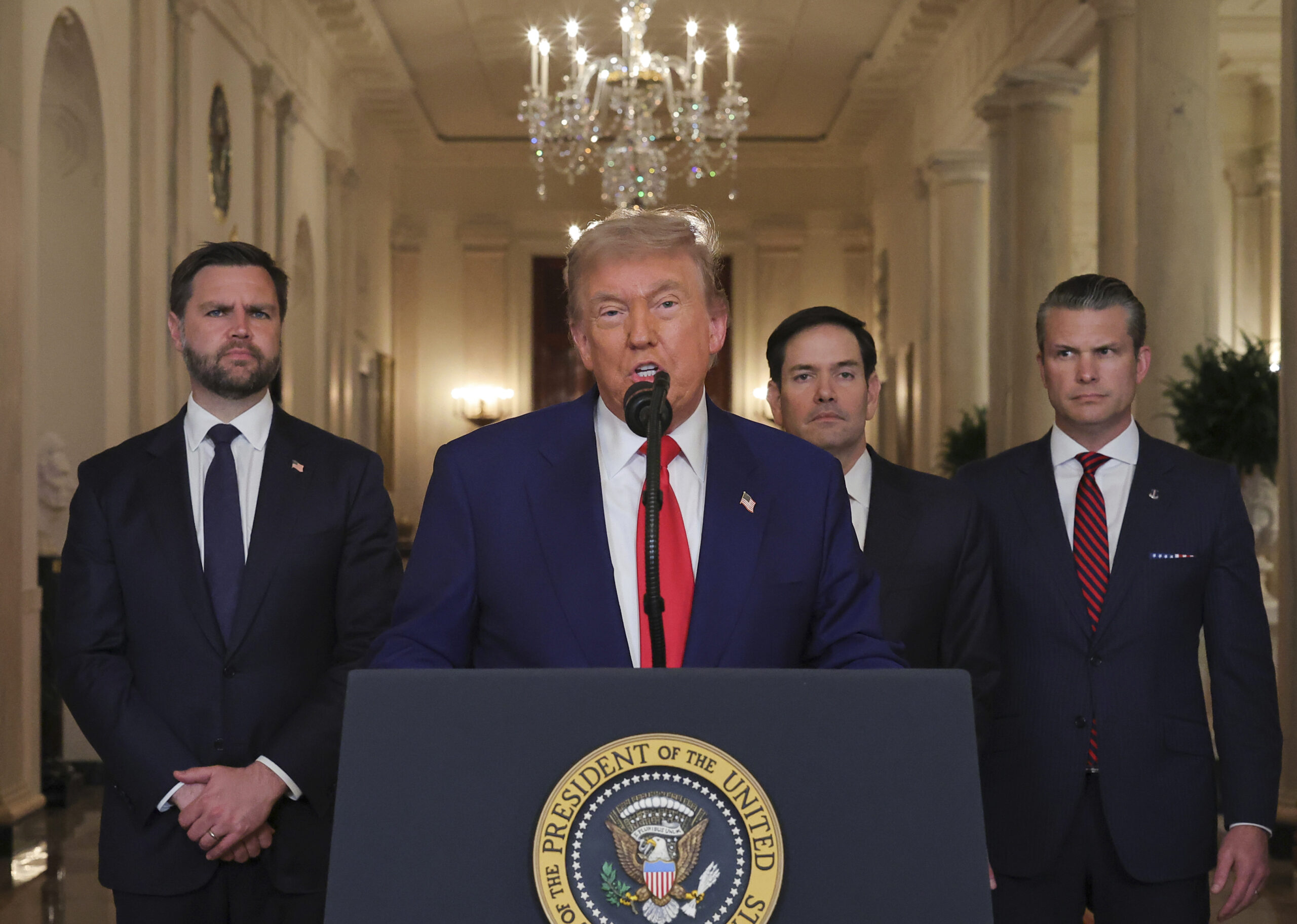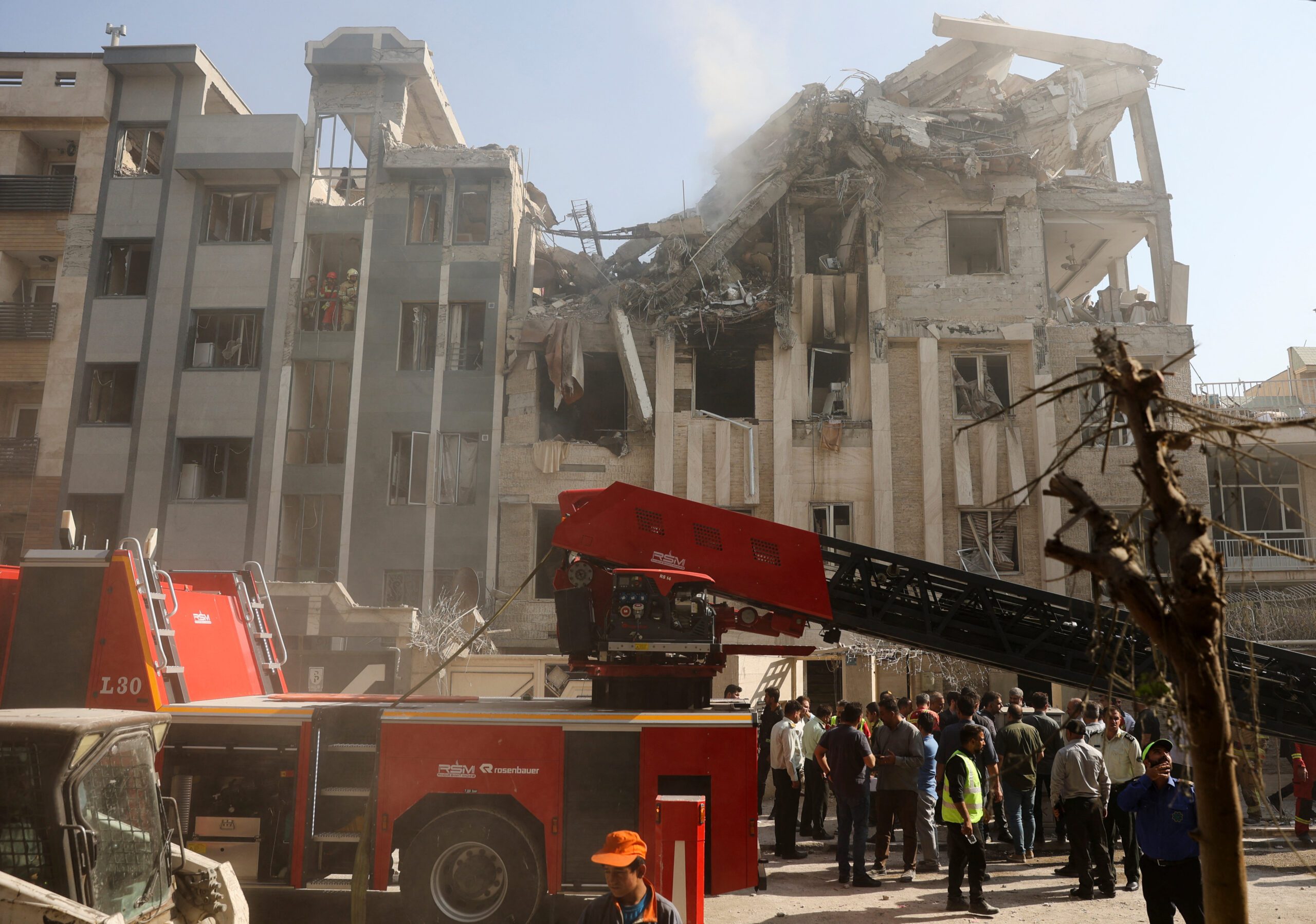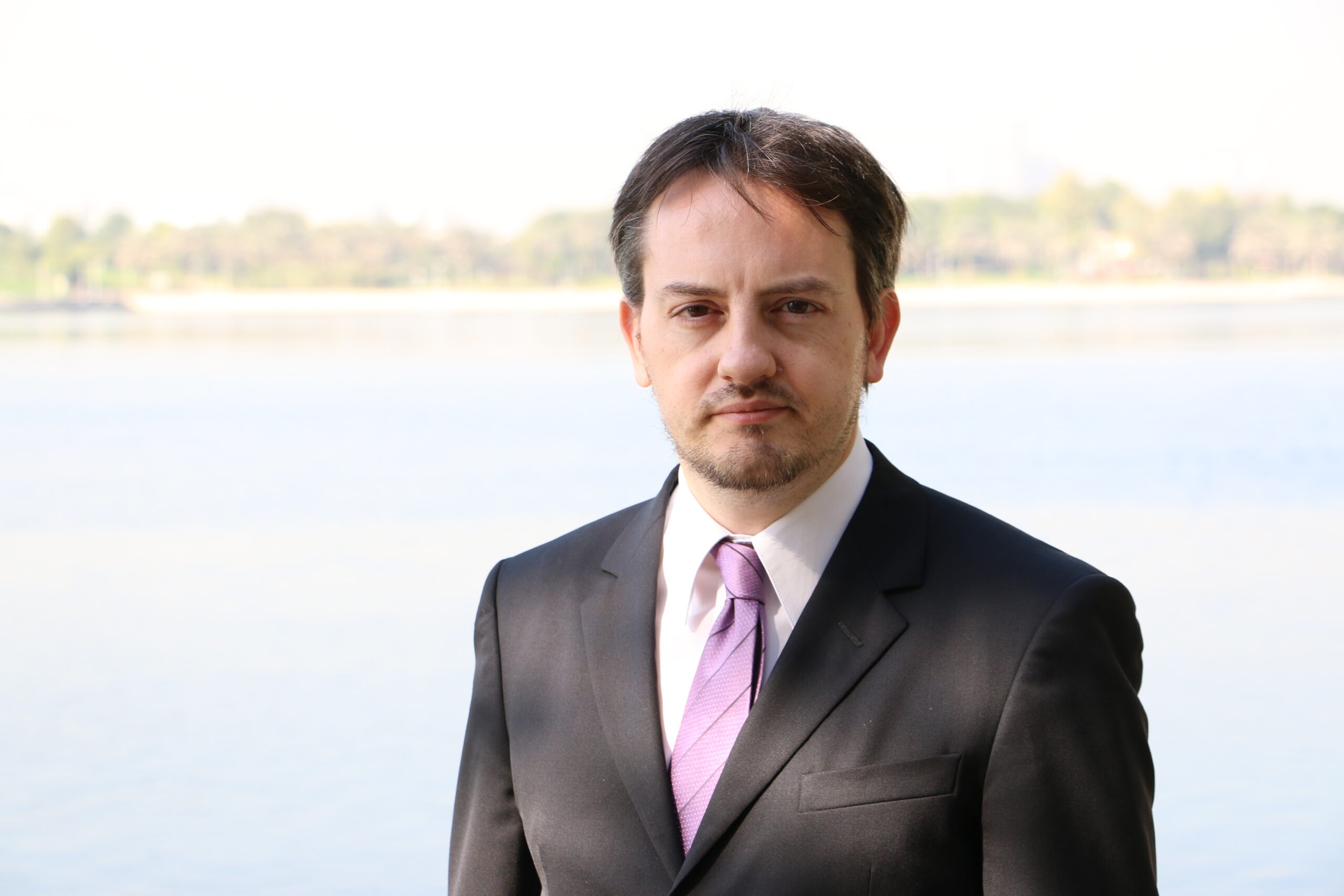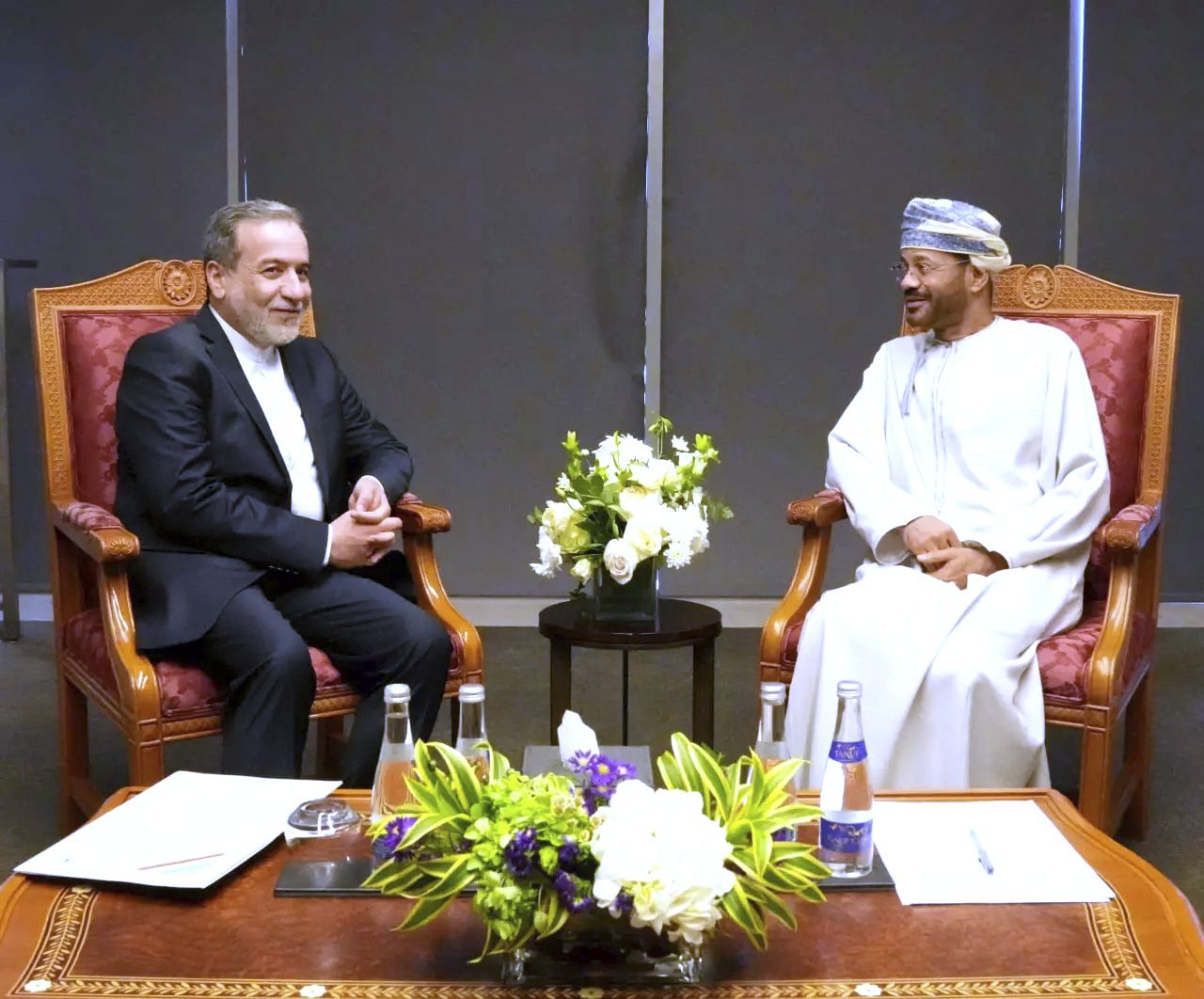Aug 29, 2025
Iran Struggles to Define Its Reaction to Snapback
The August 29 edition of the Iran Media Review evaluates Iranian officials’ responses to European countries reinstating sanctions on Iran.
In recent months, Iranian officials have sought to prepare the public for the possibility that remaining parties to the Joint Comprehensive Plan of Action may trigger the snapback mechanism – reimposing all preagreement sanctions – and at the same time are downplaying the risks involved. Within the regime, however, there appears to be an ongoing debate over Iran’s potential response. Hard-line outlets, such as Kayhan, along with some parliamentarians, advocate for withdrawing from the Nuclear Nonproliferation Treaty and its additional protocols as well as restricting freedom of navigation through the Strait of Hormuz. By contrast, the Cabinet has remained conspicuously silent, wary of the dangers such escalatory measures could entail.
- August 20: Foreign Minister Abbas Araghchi, in an interview with Islamic Republic News Agency, said:
-
- “It is possible that the snapback mechanism will be activated in the end,” but he emphasized unilateral U.S. sanctions have a greater impact on Iran’s economy than European sanctions, which will be activated by the snapback mechanism.
- August 23: Supreme Leader Ayatollah Ali Khamenei’s website released a lengthy interview with Ali Larijani, in which the newly appointed secretary of the Supreme National Security Council downplayed the risk of the Europeans activating the snapback mechanism. Asked about Iran’s countermeasures, Larijani said:
-
- “We will find a way. You are imagining the worst case, but we still have a long way to reach that point.”
- August 26: Ali Mohammadi, in a column in Islamic Revolutionary Guard Corps-affiliated Mashregh News, argued:
-
- “Economic shocks are temporary phenomena – provided that domestic policymakers respond with proactive measures rather than passivity. From a cost-benefit perspective, it is preferable to endure the reactivation of the snapback mechanism and reach a point of stability, even under sanctions, than to remain in a state of limbo. More damaging than the sanctions themselves have been the blows inflicted on Iran’s economy by indecision and uncertainty.”
- August 28: In an article, IRGC-affiliated Tasnim News Agency blamed former President Hassan Rouhani and former Foreign Minister Mohammad Javad Zarif for agreeing to the snapback mechanism.
- August 28: In an editorial, hard-line Kayhan’s editorial board argued:
-
- “The time has come for Iran to take decisive measures – such as withdrawing from the Nuclear Nonproliferation Treaty and imposing restrictions on passage through the Strait of Hormuz – to demonstrate that Western threats will not go unanswered. In the face of threats, the only effective response is to issue counterthreats.”
- August 29: IRGC mouthpiece Fars News Agency reported on a parliamentary motion introduced by Hossein-Ali Haji-Deligani that would withdraw Iran from the Nuclear Nonproliferation Treaty and its additional protocols.
The views represented herein are the author's or speaker's own and do not necessarily reflect the views of AGSI, its staff, or its board of directors.

